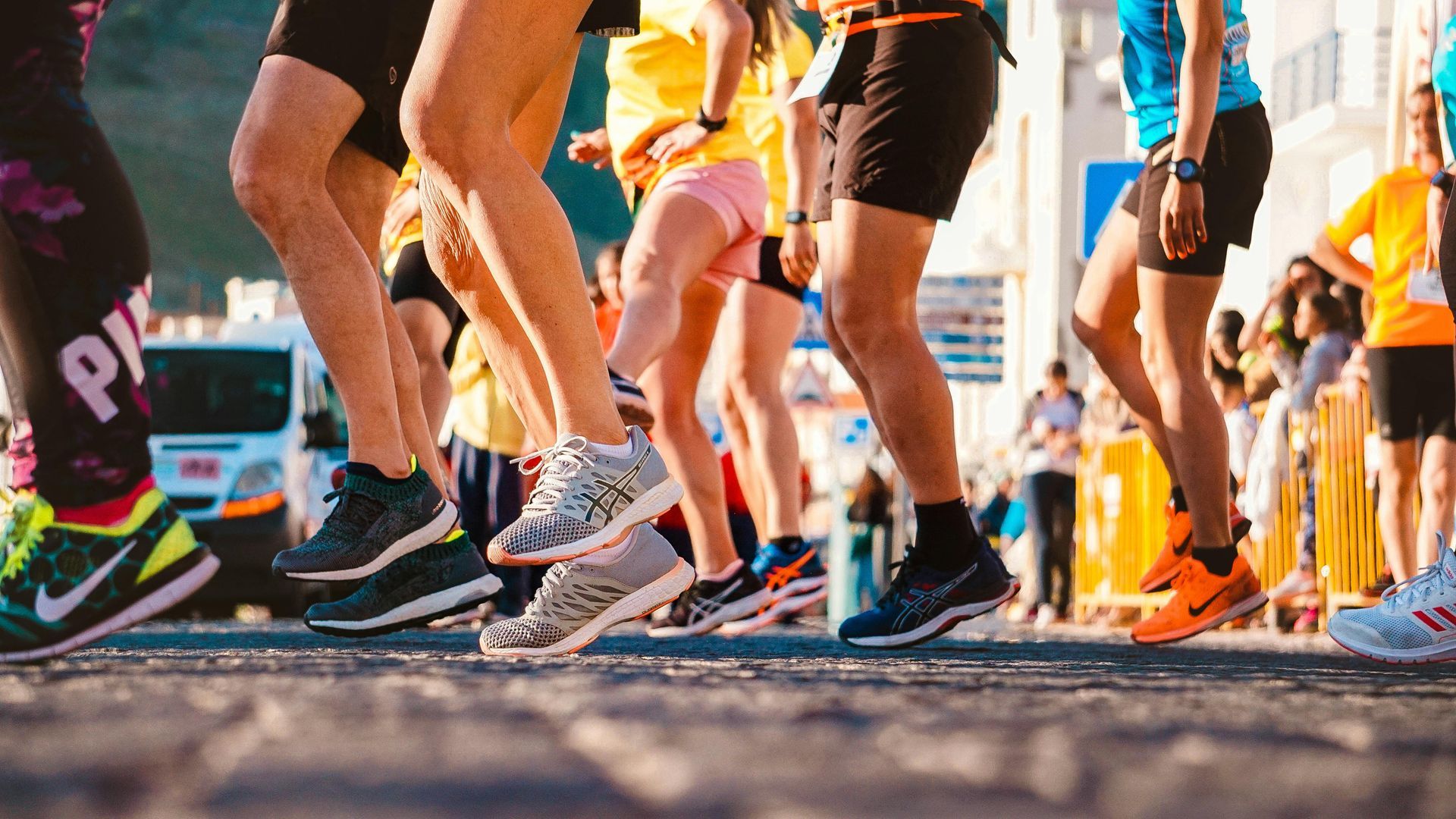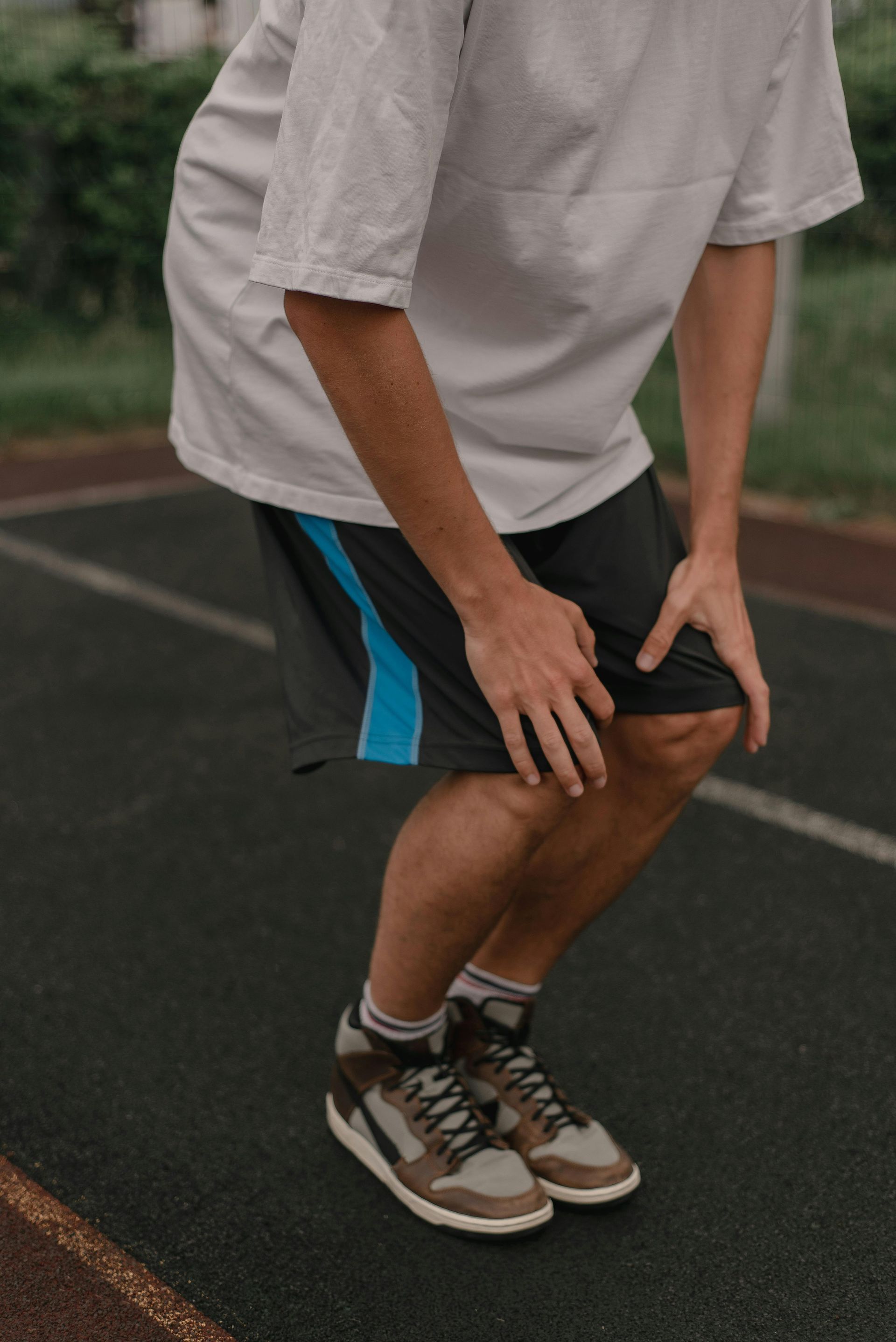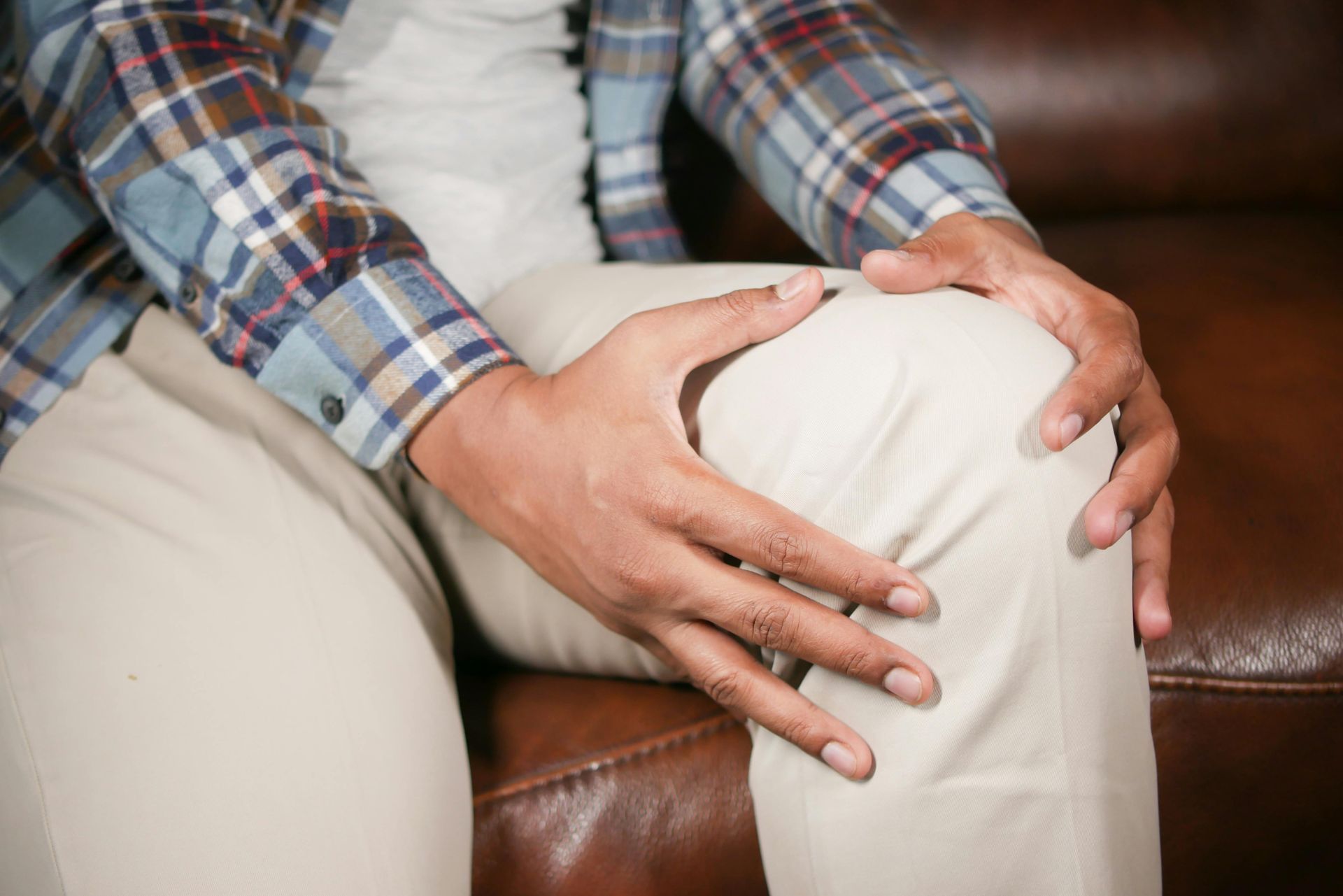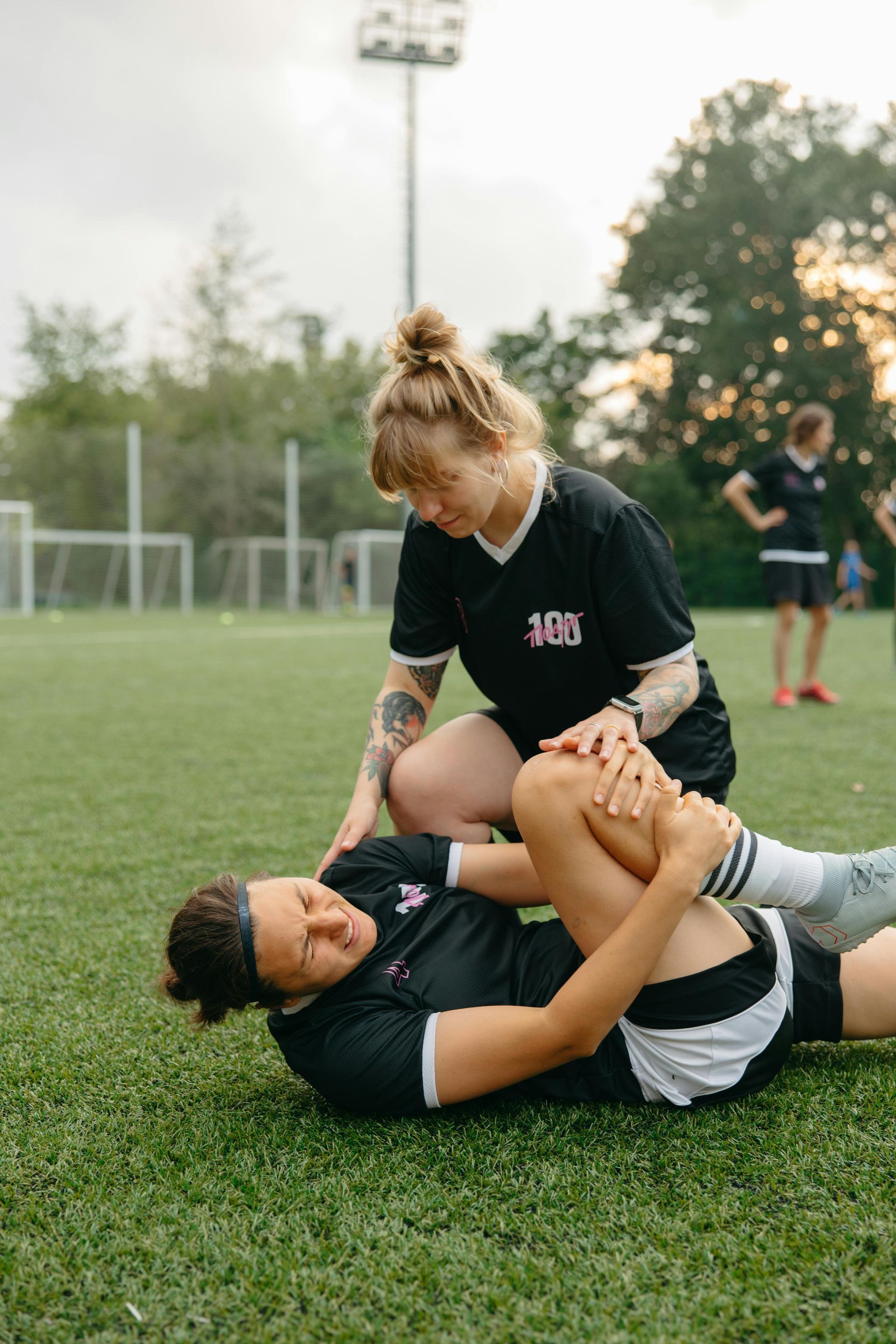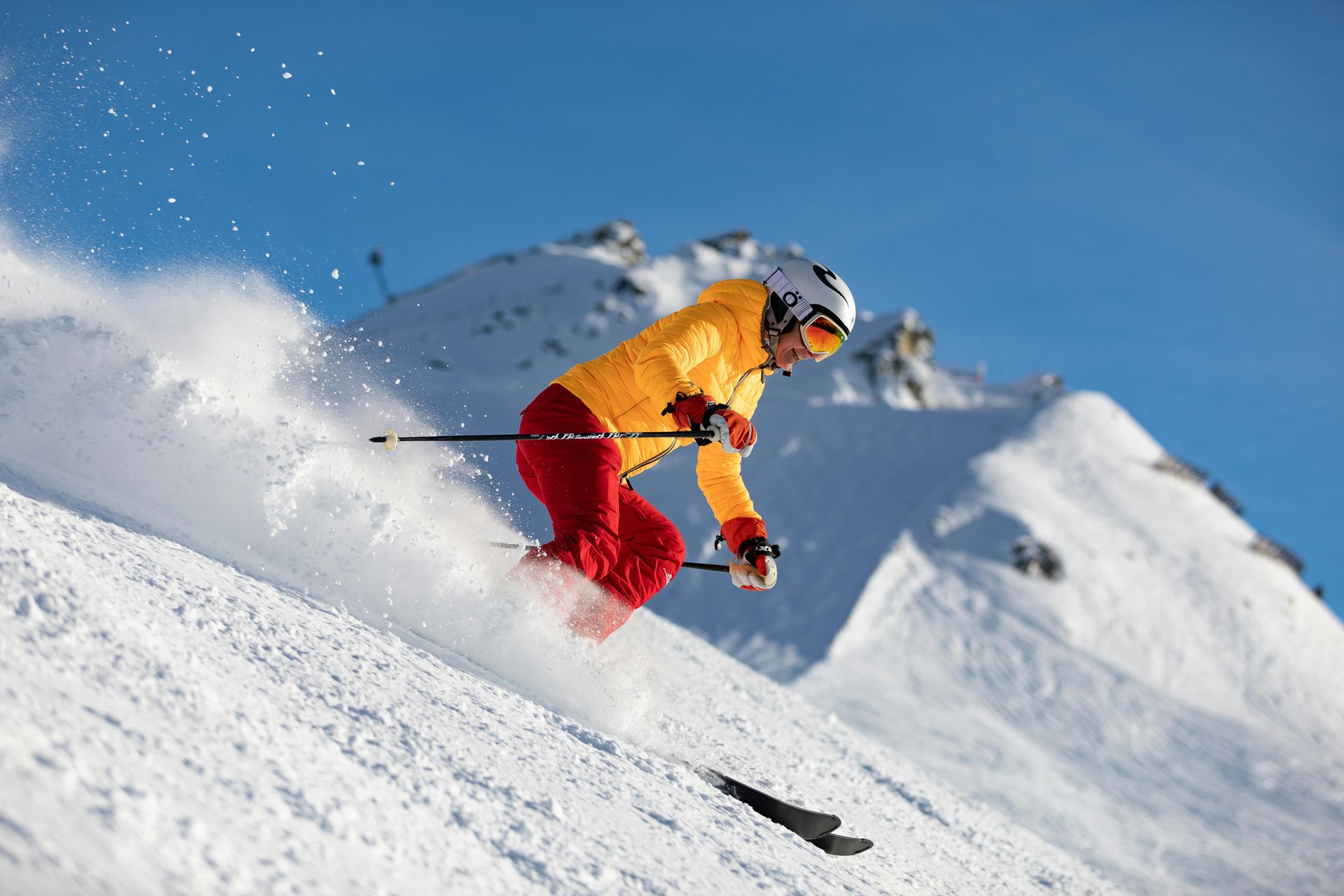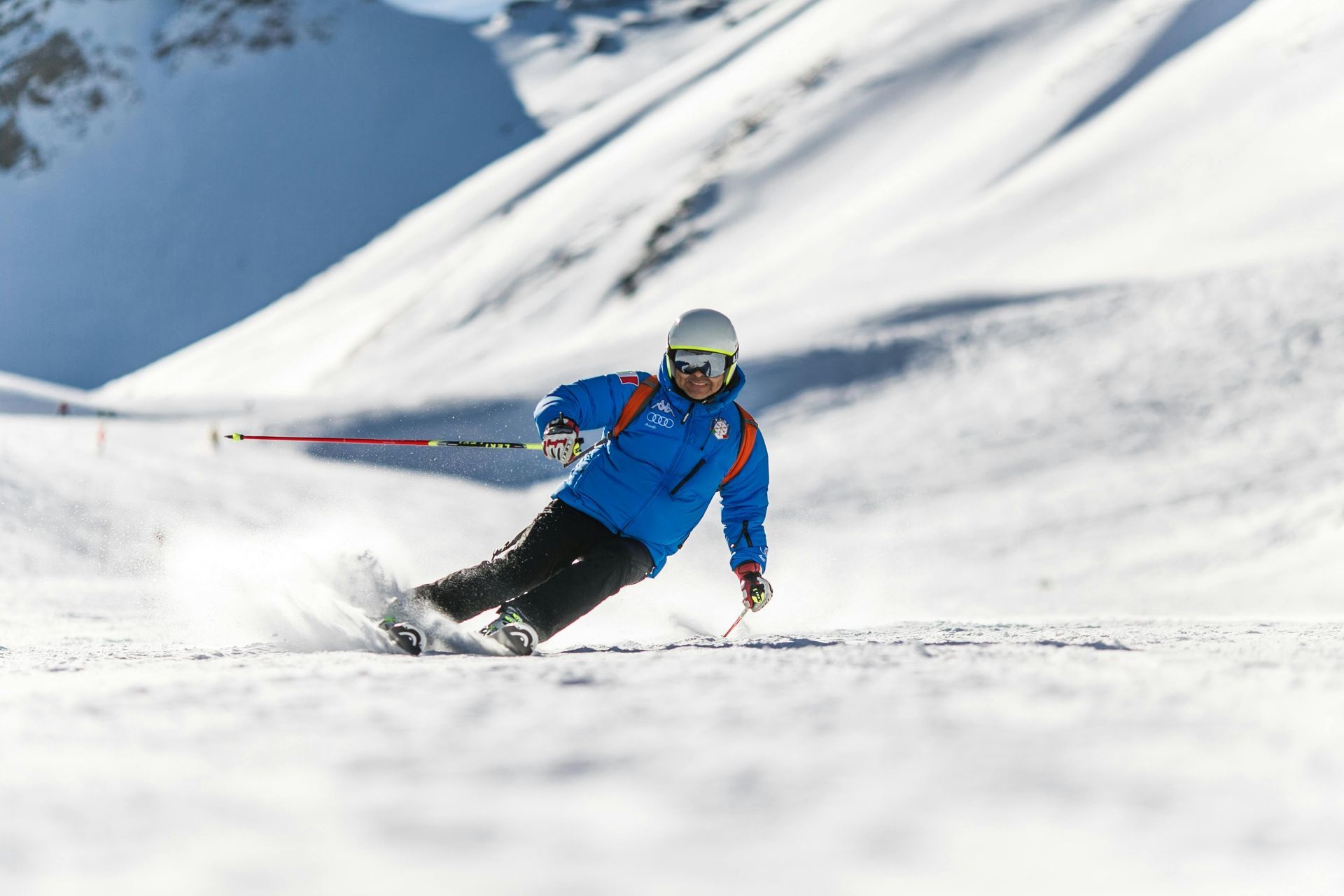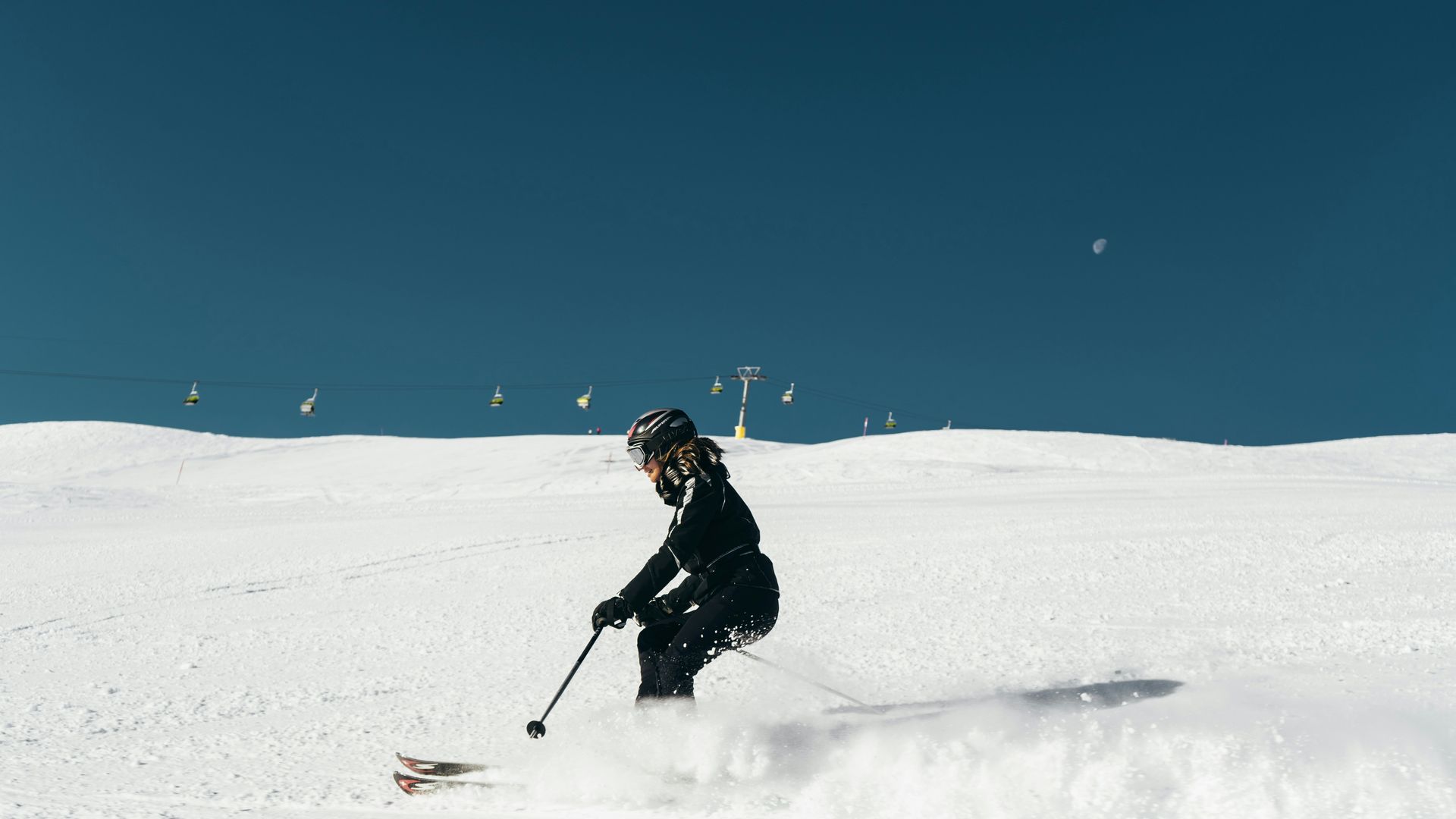How to Strengthen Your Knees for MMA Training and Competition
Keeping your knees protected

When thinking of physical activity where sports knee injuries are common, MMA and combat sports often come to mind. MMA is a physically demanding sport that places significant stress on the joints, particularly the knees. Consistent kicks and strikes to the muscles as well as a lot of twisting movements can easily promote tears and strains.
Knee injuries are common among MMA fighters, and they can be debilitating and career-ending. Just this past week, Ketlen Souza suffered a gruesome knee injury at the hands of a kneebar from Karine Silva. In particular, the recent increase in popularity of Brazilian Jiu Jitsu training or BJJ (popularised in the UFC by fighters such as Royce Gracie and the Diaz brothers) has seen a rise in knee injuries with around a 30% distribution of knee injuries for those who compete in BJJ according to a recent study with particular focus being put on the MCL which was found to be the most common injury.
Therefore, it's crucial to prioritise knee health and take steps to strengthen this vital joint. Strengthening your knee joints is ideal for all forms of sport and fitness anyway as sport knee injuries are incredibly common and they can be difficult to recuperate from. In this article, we'll explore some effective ways to strengthen your knees for MMA training and competition.
Strengthen Your Quadriceps
The quadriceps muscles, located in the front of the thigh, are crucial for knee stability. Strong quads help support the knee joint and absorb shock during high-impact movements. To strengthen your quads, try exercises such as squats, lunges, leg extensions, and leg presses. Start with lighter weights and focus on proper form to avoid injury.
Build Strong Hamstrings
The hamstrings are a group of muscles located in the back of the thigh, and they play a vital role in knee stability and injury prevention. Weak hamstrings can lead to imbalances and place additional stress on the knee joint. To strengthen your hamstrings, try exercises such as deadlifts and hamstring curls. Again, focus on proper form and gradually increase the weight as you get stronger.
Incorporate Plyometrics
Plyometric exercises are explosive movements that can help improve strength, power, and agility. They are also effective for improving knee stability and reducing the risk of injury. Examples of plyometric exercises that can benefit your knees include box jumps, jump squats, and jumping lunges. However, it's crucial to start with lower-intensity plyometrics and progress gradually to avoid overloading the joints.
Stretch Regularly
Flexibility is essential for maintaining joint health, and it's particularly important for the knees. Tight muscles can place additional stress on the knee joint and increase the risk of injury. Therefore, it's important to stretch regularly to maintain good flexibility. Focus on stretching your hamstrings, quads, and hip flexors, as these muscles can become tight with MMA training.
Invest in Good Shoes
Finally, investing in good shoes can also help protect your knees during MMA training and competition. Look for shoes with good shock absorption and cushioning, as these features can help reduce the impact on your knees. Also, make sure your shoes fit well and provide good support for your feet and ankles.
In conclusion, knee health is crucial for MMA fighters, and taking steps to strengthen and protect your knees is essential for success in this sport. By incorporating exercises that target your quads, hamstrings, and plyometrics, along with regular stretching and investing in good shoes, you can help reduce the risk of knee injuries and improve your overall performance. Remember to always prioritise proper form and progress gradually to avoid overloading your joints.



